Welcome to our article exploring the world of zero-emission construction equipment. As the construction industry continues to grow, so does the need for sustainable infrastructure solutions. The traditional construction process has been associated with high levels of pollution and carbon emissions, making it a major contributor to environmental degradation. However, the adoption of eco-friendly construction machines, such as electric construction machinery, has the potential to significantly reduce the environmental impact of construction projects.
In this section, we will introduce the concept of zero-emission construction equipment and highlight its significance in creating a more sustainable building industry. We will explore the need for sustainable infrastructure solutions and the environmental challenges facing the construction industry. We will also discuss the different types of eco-friendly construction machines available and their advantages and limitations.
Key Takeaways:
- The construction industry needs sustainable infrastructure solutions to reduce its environmental impact.
- Zero-emission construction equipment, such as electric construction machinery, can significantly reduce carbon emissions.
- The adoption of eco-friendly construction machines is crucial in creating a more sustainable building industry.
The Need for Sustainable Infrastructure Solutions
The construction industry is a major contributor to environmental degradation, accounting for 23% of air pollution, 40% of drinking water pollution, and 50% of landfill waste. As such, there is a critical need for sustainable infrastructure solutions that reduce the industry’s carbon footprint and ecological impact.
The adoption of sustainable construction technology is not only necessary for environmental reasons but also for economic ones. As the demand for green buildings and infrastructure projects increases, companies that fail to embrace sustainable solutions risk falling behind their competitors.
In addition, the use of sustainable construction technology can lead to significant cost savings over time, despite higher initial costs. Energy-efficient buildings and renewable energy sources can reduce utility bills, while improvements in waste management and recycling can lower disposal costs.
Ultimately, the adoption of sustainable infrastructure solutions is essential for creating a more sustainable and resilient building industry that meets the needs of the present without compromising the ability of future generations to meet their own needs.
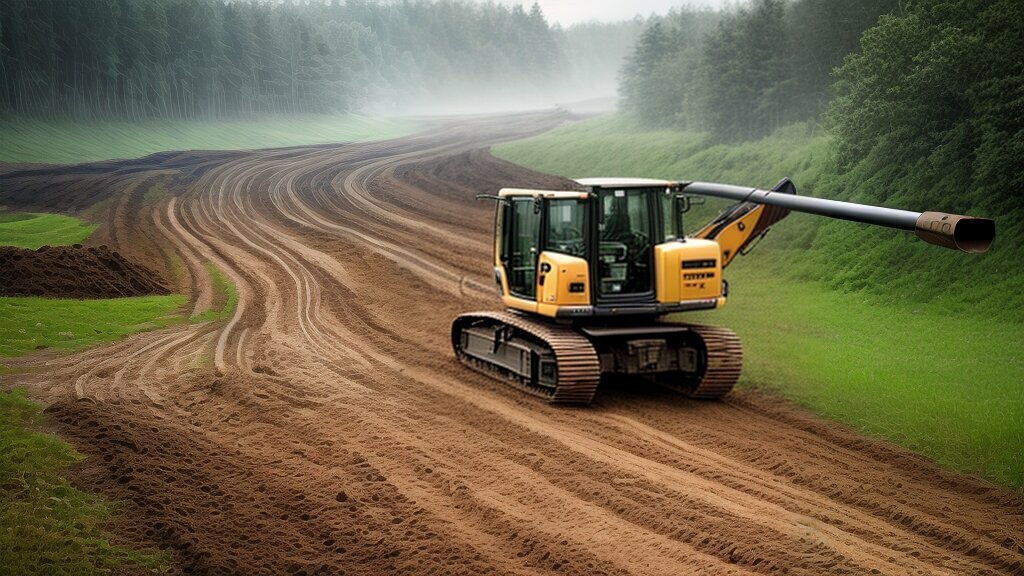
Understanding Zero-Emission Construction Equipment
Zero-emission construction equipment refers to eco-friendly construction machines that run on clean energy and produce no harmful emissions as they operate. These machines are essential in building a more sustainable construction industry and reducing the environmental impact of construction projects.
There are several types of zero-emission construction equipment available, including electric construction machinery, hybrid models, and equipment powered by alternative fuels such as hydrogen. Electric construction machinery, for example, relies solely on electricity to operate and is one of the most popular types of eco-friendly construction machines currently available.
| Type of Zero-Emission Construction Equipment |
Description |
| Electric Construction Machinery |
Machines powered solely by electricity, which produces no emissions during operation. |
| Hybrid Models |
Machines that use multiple power sources, such as electricity and diesel, to reduce emissions and increase fuel efficiency. |
| Alternative Fuel Sources |
Machines powered by renewable fuels such as hydrogen, which produces no emissions during operation. |
Zero-emission construction equipment offers a viable solution for reducing the carbon footprint of construction projects. It also helps improve air quality on construction sites, making them healthier and safer for workers and nearby communities. Noise reduction is another benefit of using eco-friendly construction machines, which helps minimize noise pollution in urban areas.
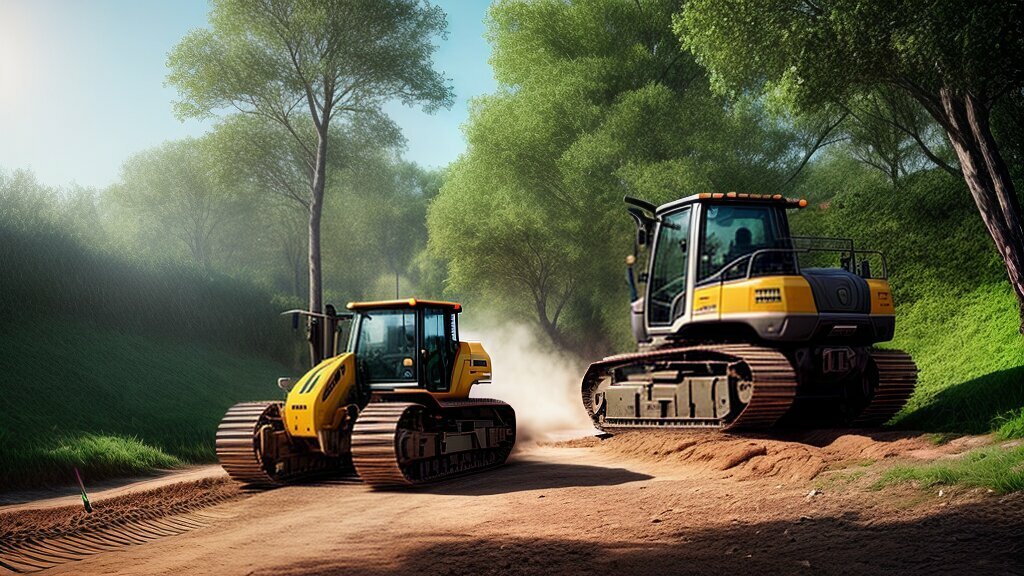
The Need for Zero-Emission Construction Equipment
The construction industry is responsible for a significant portion of global carbon emissions. As a result, there is an urgent need for sustainable infrastructure solutions to reduce the environmental impact of construction projects.
Zero-emission construction equipment offers a practical solution for reducing emissions and creating a more sustainable building industry. While initial costs can be high, the long-term benefits to both the environment and construction companies can outweigh these costs.
BENEFITS OF ZERO-EMISSION CONSTRUCTION EQUIPMENT
Transitioning to environmentally friendly construction vehicles brings numerous benefits, including:
| Reduced Carbon Emissions |
- Zero-emission construction equipment significantly reduces carbon emissions and helps mitigate the environmental impact of the construction industry.
- By eliminating exhaust emissions, they contribute towards achieving net-zero emissions targets and reducing the overall carbon footprint of construction projects.
|
| Improved Air Quality |
- Green construction equipment does not produce exhaust fumes, which are a major cause of air pollution.
- By minimizing these emissions, it improves air quality, promoting a healthier work environment for construction workers.
|
| Noise Reduction |
- Electric construction machinery operates much quieter than traditional diesel-powered machines, reducing noise pollution and creating a quieter construction site.
- This is particularly important when working in urban areas where noise pollution can affect the surrounding communities.
|
By incorporating environmentally friendly construction vehicles into construction projects, they contribute to creating a cleaner and healthier work environment, further supporting the transition to a sustainable building industry.

Challenges and Limitations
Despite the significant benefits of zero-emission construction equipment, there are several challenges and limitations associated with its adoption. One of the most pressing challenges is the limited availability of eco-friendly construction machines. While major manufacturers are beginning to offer electric construction machinery and other low-emission construction tools, the options remain limited, and many companies still rely on traditional, diesel-powered equipment.
Another challenge relates to the initial cost of these environmentally friendly construction vehicles. While electric construction machinery and other clean energy construction machinery have the potential to save costs in the long term, the high initial investment can be a deterrent for some companies. Additionally, the need for supporting infrastructure, such as charging stations for battery-powered construction equipment, can add to the overall cost.
Despite these challenges, efforts are underway to develop new technologies and make eco-friendly construction machines more accessible. For example, some companies are exploring the use of carbon-neutral construction equipment that runs on renewable fuels, such as biodiesel or hydrogen. Other initiatives aim to improve the infrastructure necessary to support zero-emission construction equipment, such as developing a network of charging stations.
Low-Emission Construction Tools
While electric construction machinery is one of the most popular types of eco-friendly construction vehicles, other options are available. For example, low-emission construction tools, such as battery-powered drills and saws, offer a cleaner alternative to traditional gas-powered equipment. These tools are particularly useful for indoor construction projects, where emissions can quickly accumulate and pose health risks to workers.
However, while low-emission construction tools may be a viable option for some projects, they may not have the power necessary to complete larger site work. As such, it is important to carefully assess the needs of each construction project and determine the appropriate equipment and tools.
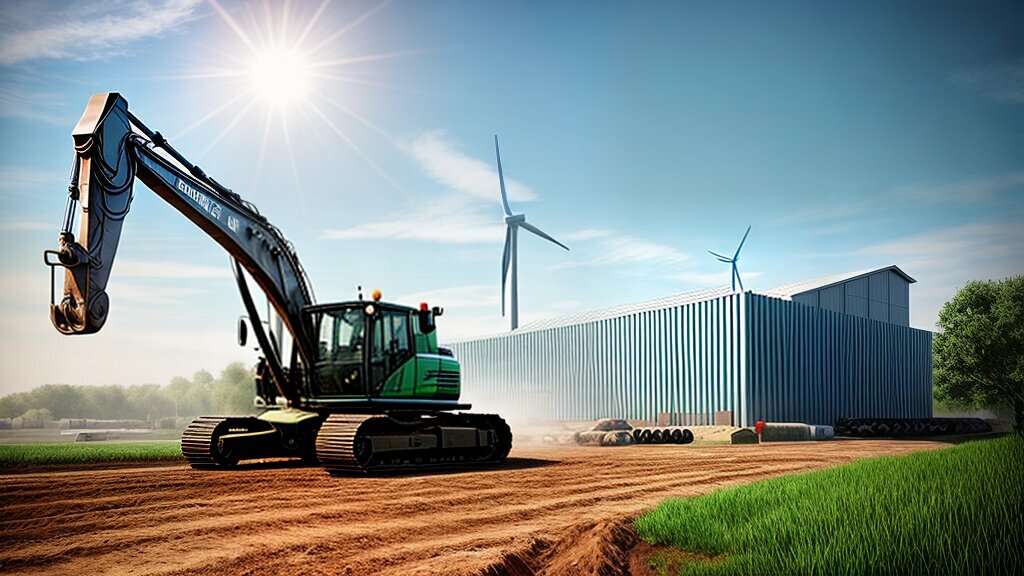
Innovations in Zero-Emission Construction Equipment
As the demand for sustainable construction technology grows, manufacturers are investing in research and development to create more advanced zero-emission machines. These innovations are making green construction equipment more efficient and cost-effective, paving the way for future advancements in the industry.
One of the most significant advancements in zero-emission construction equipment is the development of hybrid models. These machines combine electric power with traditional diesel or petrol engines, providing more power while reducing emissions. Hybrid models are particularly useful for heavy machinery, such as excavators and bulldozers.
| Electric Excavator |
Electric Loader |
Electric Dumper Truck |
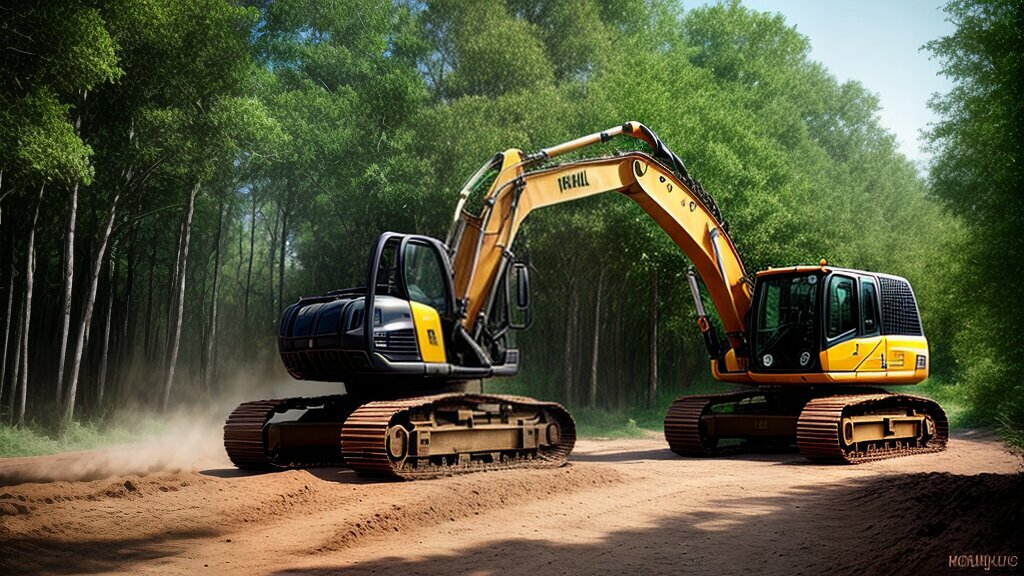 |
 |
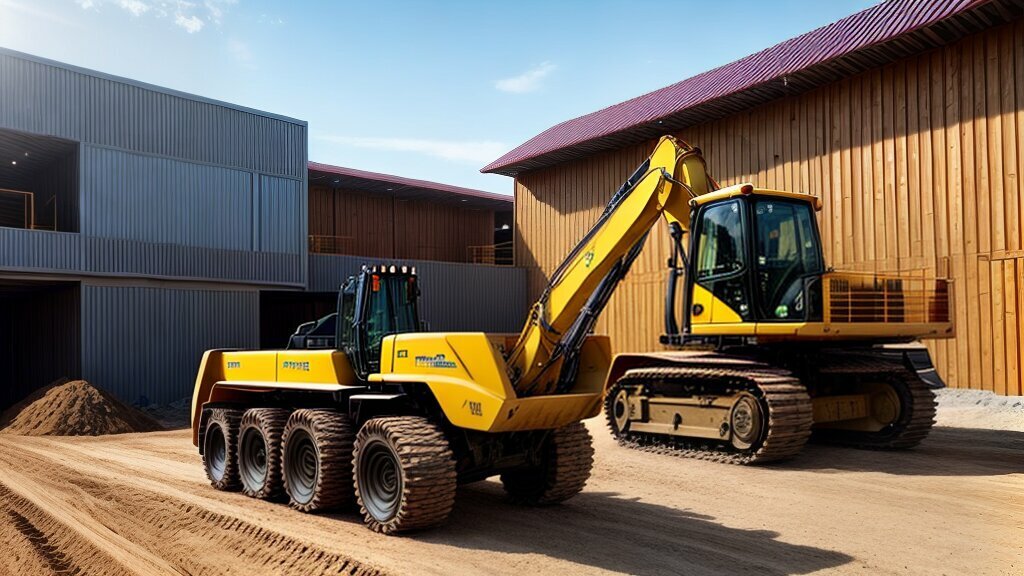 |
Another area of innovation is the development of advanced battery technology. Many construction machines now feature lithium-ion batteries, which provide long-lasting power and can be recharged quickly. This technology is particularly helpful for smaller equipment, such as electric drills and saws.
Finally, some manufacturers are exploring alternative fuel sources, such as hydrogen fuel cells. These cells create electricity by combining hydrogen and oxygen, emitting only water as a byproduct. While still in the early stages of development, hydrogen fuel cells have the potential to transform the construction industry by providing clean, renewable energy for heavy machinery.
Implementation and Adoption
Transitioning to zero-emission construction equipment requires careful planning and consideration. Construction companies must evaluate the availability and suitability of eco-friendly construction machines for their specific needs and assess the costs associated with transitioning to this equipment.
One successful case study of implementing zero-emission construction equipment is the construction of the Olympic Village for the 2024 Paris Olympics. The project used only electric construction machinery, demonstrating the feasibility of using this equipment on a large scale.
Challenges to Implementation
One of the main challenges to implementing zero-emission construction equipment is the initial cost. While the long-term cost savings of using environmentally friendly construction vehicles may be significant, construction companies may not have the financial resources to invest in this equipment upfront.
Another challenge is the limited availability of eco-friendly construction machines. As the demand for this equipment grows, manufacturers are working to increase production and develop new models to meet the need, but there is still a long way to go before zero-emission equipment becomes widely available.
Infrastructure is also a consideration, as construction sites may not have the necessary charging or refuelling stations for electric or alternative fuel vehicles. Companies must take these factors into account when planning and preparing for the transition to zero-emission construction equipment.
Best Practices for Adoption
Despite these challenges, there are best practices for adopting zero-emission construction equipment. Companies can start by conducting a thorough analysis of their equipment needs and researching available models and financing options.
They can also explore partnerships with manufacturers and local governments to develop the supporting infrastructure needed for eco-friendly construction machines. Additionally, companies can consider leasing or renting zero-emission equipment as a cost-effective alternative to purchasing outright.
The adoption of zero-emission construction equipment requires a strategic approach that considers both the short-term and long-term benefits. By prioritizing sustainability and environmental stewardship, construction companies can lead the way in greening the building process and contributing to a more sustainable future.
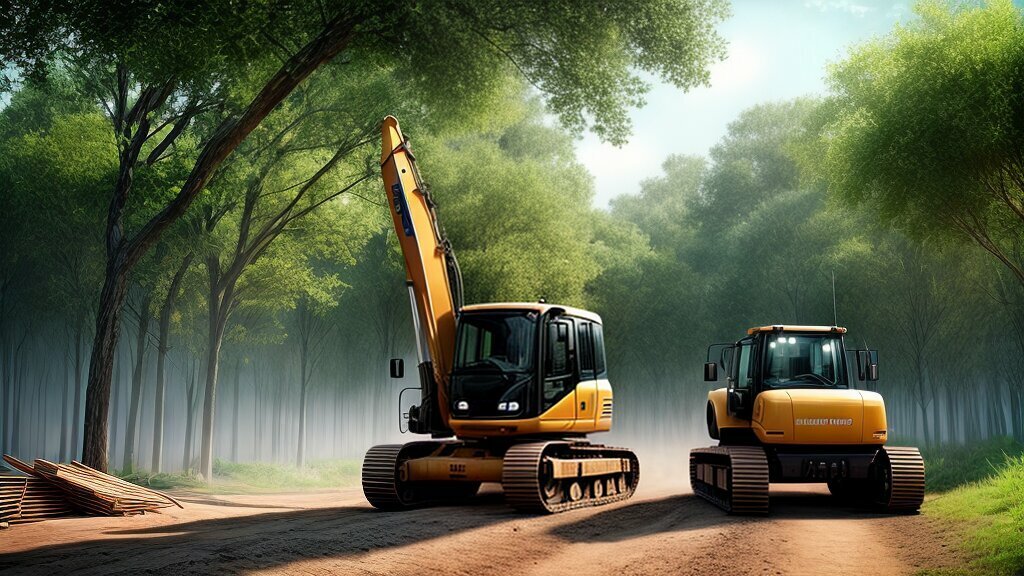
Government Policies and Incentives
Government policies and incentives play a crucial role in promoting the adoption of sustainable construction technology and environmentally friendly construction vehicles. The UK Government has set ambitious targets for achieving net-zero emissions by 2050 and is actively encouraging the construction industry to transition to low-carbon solutions.
One such initiative is the Clean Construction Declaration, which calls on governments and industry leaders to commit to achieving net-zero emissions in the construction sector by 2050. The declaration has been signed by over 100 construction companies, including major players such as Skanska and Mace.
The UK government has also introduced various policies and incentives to support the transition to sustainable construction, such as tax credits for companies that invest in energy-efficient equipment and the Green Homes Grant scheme, which provides funding for households to install energy-efficient measures such as insulation and low-carbon heating.
Moreover, the government has set stringent regulations on carbon emissions and pollution, driving construction companies to seek out low-emission construction tools and carbon-neutral construction equipment. These policies and incentives are not only beneficial for the environment but also provide long-term cost savings for construction companies.
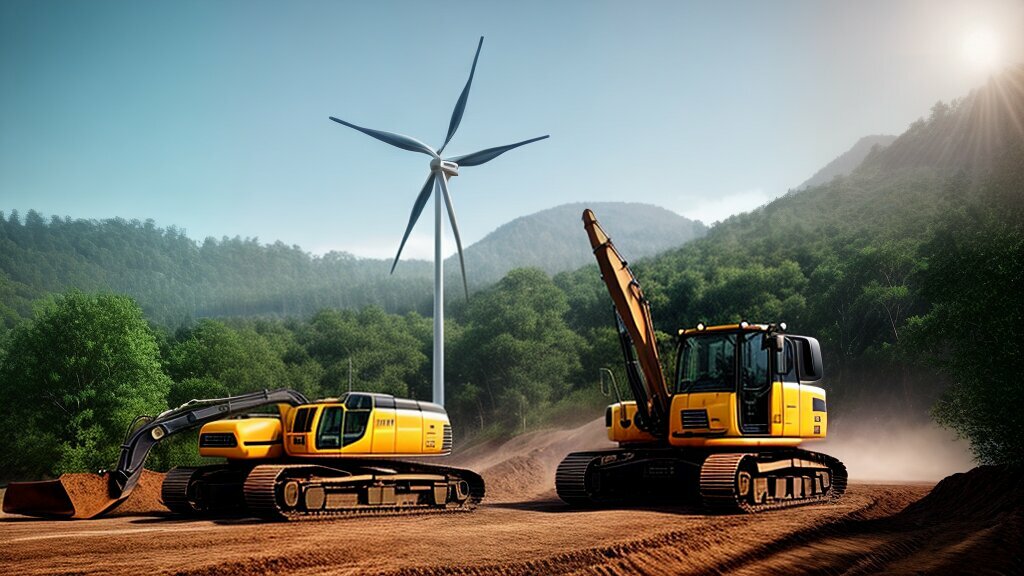
Source: seowriting.ai
Future Outlook: Accelerating the Transition
The future of green construction equipment looks promising as technologies continue to evolve rapidly. Innovations in electric construction machinery, hybrid models, and alternative fuel sources are making eco-friendly construction machines more efficient and cost-effective. The benefits of zero-emission construction equipment are clear, and the potential for further advancements is significant.
The International Energy Agency predicts that the global stock of construction machinery could double by 2050, making it increasingly important to accelerate the transition to sustainable technology. The use of green construction equipment will not only reduce carbon emissions and improve air quality but also lead to long-term cost savings and potential job creation.
Industry experts predict that the adoption of electric construction machinery will significantly increase in the next few years, with several construction companies already using this technology. Volvo, for instance, has recently unveiled its all-electric concept excavator as part of its commitment to reducing carbon emissions. Other companies are also making significant investments in zero-emission construction equipment, indicating a growing trend towards a more sustainable building industry.
The Potential for Widespread Adoption
As the construction industry faces increasing pressure to reduce its carbon footprint, the potential for widespread adoption of green construction equipment is becoming increasingly critical. Governments worldwide are introducing policies and incentives to encourage the transition to sustainable infrastructure solutions, and construction companies are beginning to recognize the benefits of eco-friendly construction machines.
The potential for electric construction machinery to transform the industry is significant. Not only will it reduce carbon emissions, but it will also enable construction companies to meet increasingly stringent environmental regulations. These machines are quieter and cleaner than traditional construction equipment, leading to a more sustainable and healthier construction site.
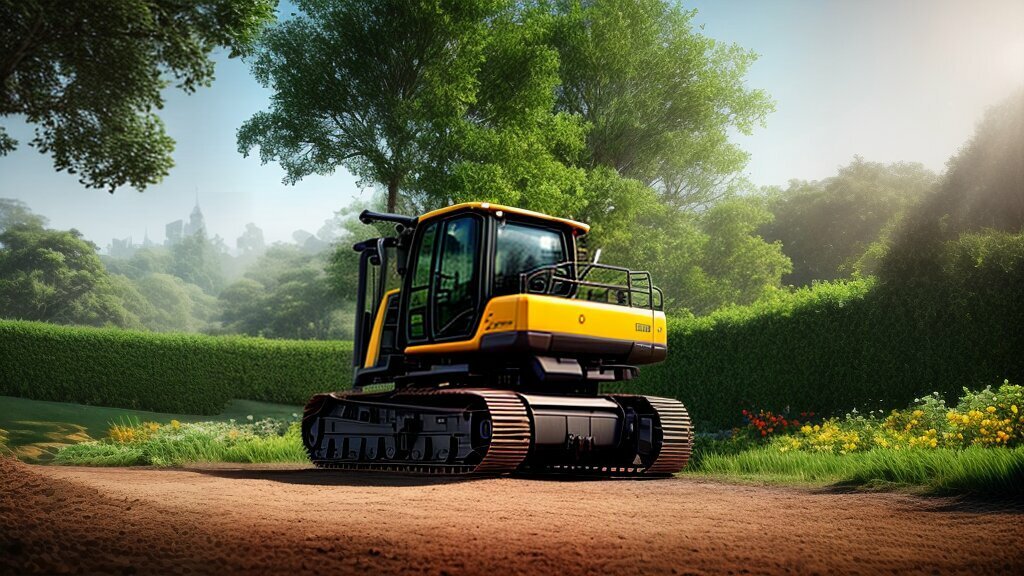
However, the transition to zero-emission construction equipment still faces several challenges, including limited availability, high initial costs, and the need for supporting infrastructure. Nevertheless, as technology continues to improve, the adoption of sustainable infrastructure solutions will become increasingly feasible and cost-effective.
The potential benefits of widespread adoption of electric construction machinery and other green construction equipment are clear. They will lead to a cleaner and healthier construction industry, reduce carbon emissions, and create long-term cost savings. Accelerating the transition to sustainable infrastructure solutions is critical in achieving a more sustainable future for the construction industry.
Economic and Environmental Considerations
Using zero-emission construction equipment offers more than just environmental benefits. Incorporating clean energy construction machinery into construction projects can result in significant cost savings in the long-term. While the initial investment in such equipment may be higher, the reduced need for fuel and maintenance can lead to lower operational costs over time.
Furthermore, adopting sustainable construction technology can create new job opportunities in areas such as research and development, manufacturing and maintenance of clean energy construction machinery. This can greatly contribute to the growth of a green economy, which is expected to experience significant growth in the coming years.
Investments in clean energy construction machinery also have a positive environmental impact. By reducing carbon emissions and improving air quality, they contribute to achieving national and international environmental targets, such as the Paris Agreement.
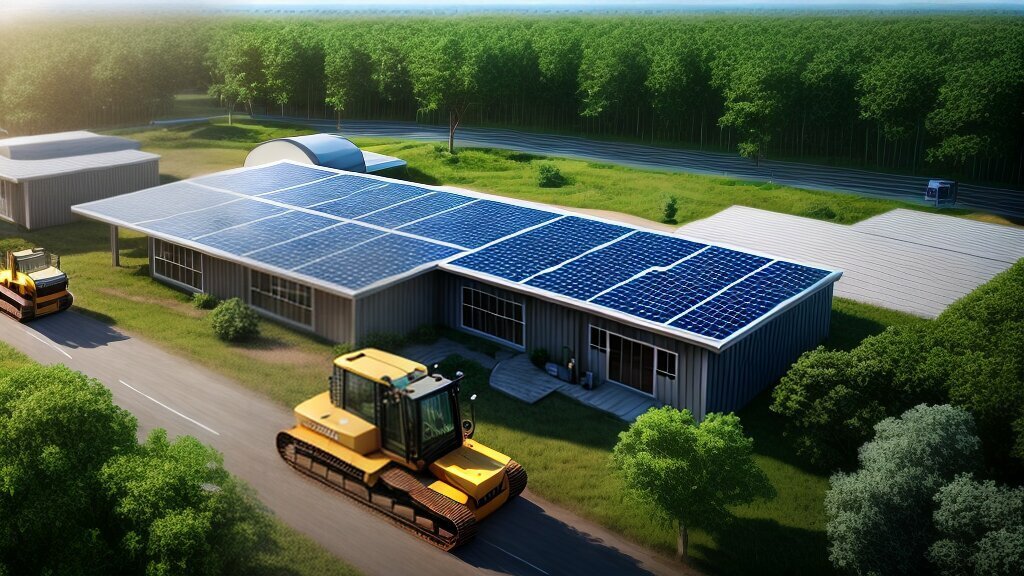
Figure 1: Clean Energy Construction Machinery
Overall, adopting zero-emission construction equipment and sustainable infrastructure solutions offers numerous economic and environmental benefits. By reducing operational costs, creating new jobs, and mitigating environmental impact, this technology is a crucial step towards a more sustainable future for the construction industry.
Case Studies
Real-world examples of successful implementation of zero-emission construction equipment and sustainable infrastructure solutions demonstrate the potential for a more eco-friendly building industry. Here are a few:
| Project |
Description |
Equipment Used |
Outcome |
| North Terminal Redevelopment, Gatwick Airport |
An expansion project that required new facilities for passengers, including a baggage handling system and new departure gates. |
All equipment used was electric, including excavators, dump trucks, and a wheeled loader. |
Reduced carbon emissions by over 90%, and noise levels by 50%, leading to a quieter and more pleasant construction site. |
| Lillgrund Wind Farm, Sweden |
A wind farm consisting of 48 turbines located offshore in the Baltic Sea. |
The construction of the wind turbines used a combination of electric and hydrogen-fuelled equipment, including excavators, loaders, and concrete mixers. |
Reduced carbon emissions by 87%, and paved the way for the development of carbon-neutral construction equipment using hydrogen fuel cells powering the machines. |
| Mercedes-Benz Stadium, Atlanta |
A stadium construction project that required a new type of retractable roof system. |
The construction team used hybrid electric cranes and electric aerial work platforms. |
Reduced energy demand on the construction site by 50% and minimized emissions, contributing to a more sustainable building process. |
These case studies demonstrate that zero-emission construction equipment and sustainable infrastructure solutions are not only possible but practical and can be implemented on a large scale with significant positive impact.
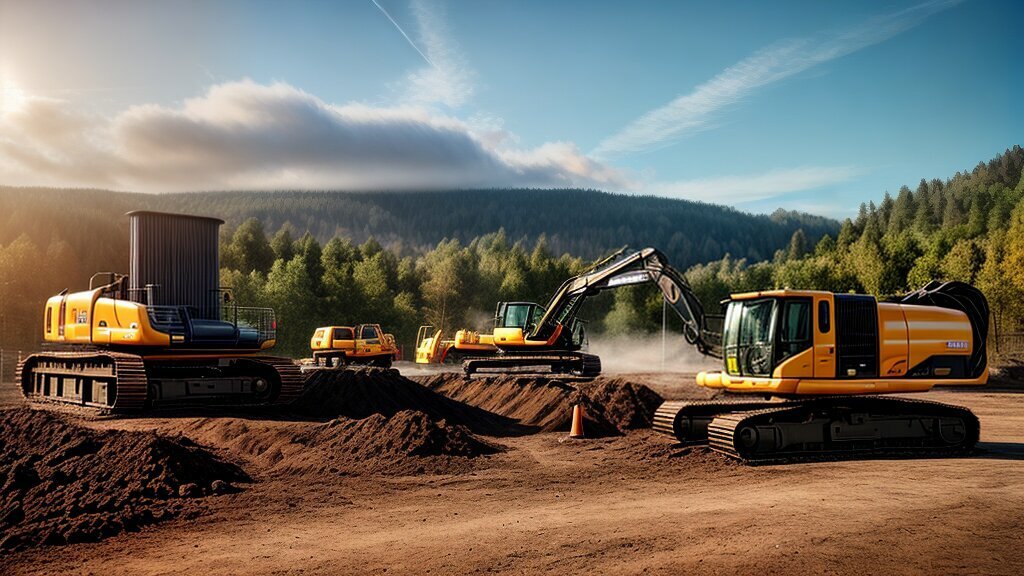
Conclusion
Zero-emission construction equipment is a crucial component in the journey towards a greener, more environmentally sustainable building industry. Through a combination of eco-friendly construction machines, sustainable infrastructure solutions, and innovative clean energy construction machinery, it is possible to significantly reduce the carbon footprint and improve air quality on construction sites.
Implementing zero-emission construction equipment is not without its challenges, however. The initial costs can be high, and supporting infrastructure may be required to make the transition to low-emission construction tools and carbon-neutral construction equipment. Nevertheless, ongoing efforts to develop new technologies, government policies and incentives, and successful case studies of implementation all provide hope for a brighter, cleaner future in the building industry.
The Way Forward
To accelerate the transition, it is essential that construction companies commit to adopting zero-emission construction equipment and play their part in driving forward the sustainable infrastructure solutions of tomorrow. By doing so, they can ensure a healthier and more sustainable future for all.
FAQ
Q: What is zero-emission construction equipment?
A: Zero-emission construction equipment refers to machinery and tools used in the construction industry that produce no direct emissions of greenhouse gases or pollutants during operation.
Q: Why is sustainable infrastructure important in construction?
A: Sustainable infrastructure is important in construction because it helps mitigate the environmental impact of building activities, reduces carbon emissions, and promotes a greener and more sustainable building industry.
Q: What are some examples of zero-emission construction equipment?
A: Examples of zero-emission construction equipment include electric construction machinery, hybrid models, and other eco-friendly construction machines that operate on clean energy sources.
Q: What are the benefits of using zero-emission construction equipment?
A: Using zero-emission construction equipment has several benefits, including reduced carbon emissions, improved air quality on construction sites, and noise reduction. It also contributes to a cleaner and healthier working environment.
Q: What are the challenges and limitations of zero-emission construction equipment?
A: Challenges and limitations of zero-emission construction equipment include limited availability, higher initial costs compared to traditional machinery, and the need for supporting infrastructure. Efforts are being made to develop low-emission tools and carbon-neutral construction equipment.
Q: What are the latest innovations in zero-emission construction equipment?
A: The latest innovations in zero-emission construction equipment include hybrid models, advanced battery technology, and the exploration of alternative fuel sources. These advancements are making green construction equipment more efficient and cost-effective.
Q: How can zero-emission construction equipment be implemented and adopted?
A: Implementing and adopting zero-emission construction equipment involves overcoming challenges and considering factors such as availability, cost, and supporting infrastructure. Case studies and best practices can provide insights into successful integration of eco-friendly construction machines into the building process.
Q: What role do government policies and incentives play in promoting sustainable construction technology?
A: Government policies and incentives play a crucial role in promoting the adoption of sustainable construction technology and environmentally friendly construction vehicles. They include regulations and incentives that encourage construction companies to transition to zero-emission equipment.
Q: What is the future outlook for zero-emission construction equipment?
A: The future outlook for zero-emission construction equipment is promising, with the potential for further advancements and widespread adoption of electric construction machinery and other green construction equipment. This transition can transform the building industry and contribute to a more sustainable future.
Q: What are the economic and environmental considerations of using zero-emission construction equipment?
A: Using zero-emission construction equipment offers long-term cost savings, potential job creation, and positive environmental impacts. Incorporating clean energy construction machinery into projects can contribute to a more sustainable and economically viable construction industry.
Q: Are there any real-world case studies showcasing successful implementation of zero-emission construction equipment?
A: Yes, real-world case studies exist that demonstrate successful implementation of zero-emission construction equipment and sustainable infrastructure solutions in various construction projects. These examples highlight positive outcomes and valuable lessons learned.






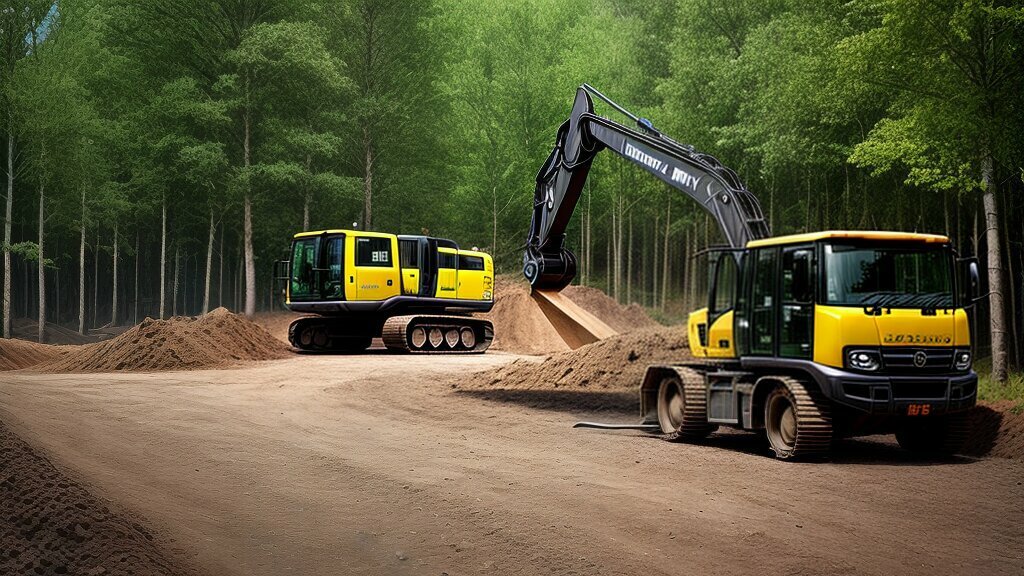























Post comments (0)